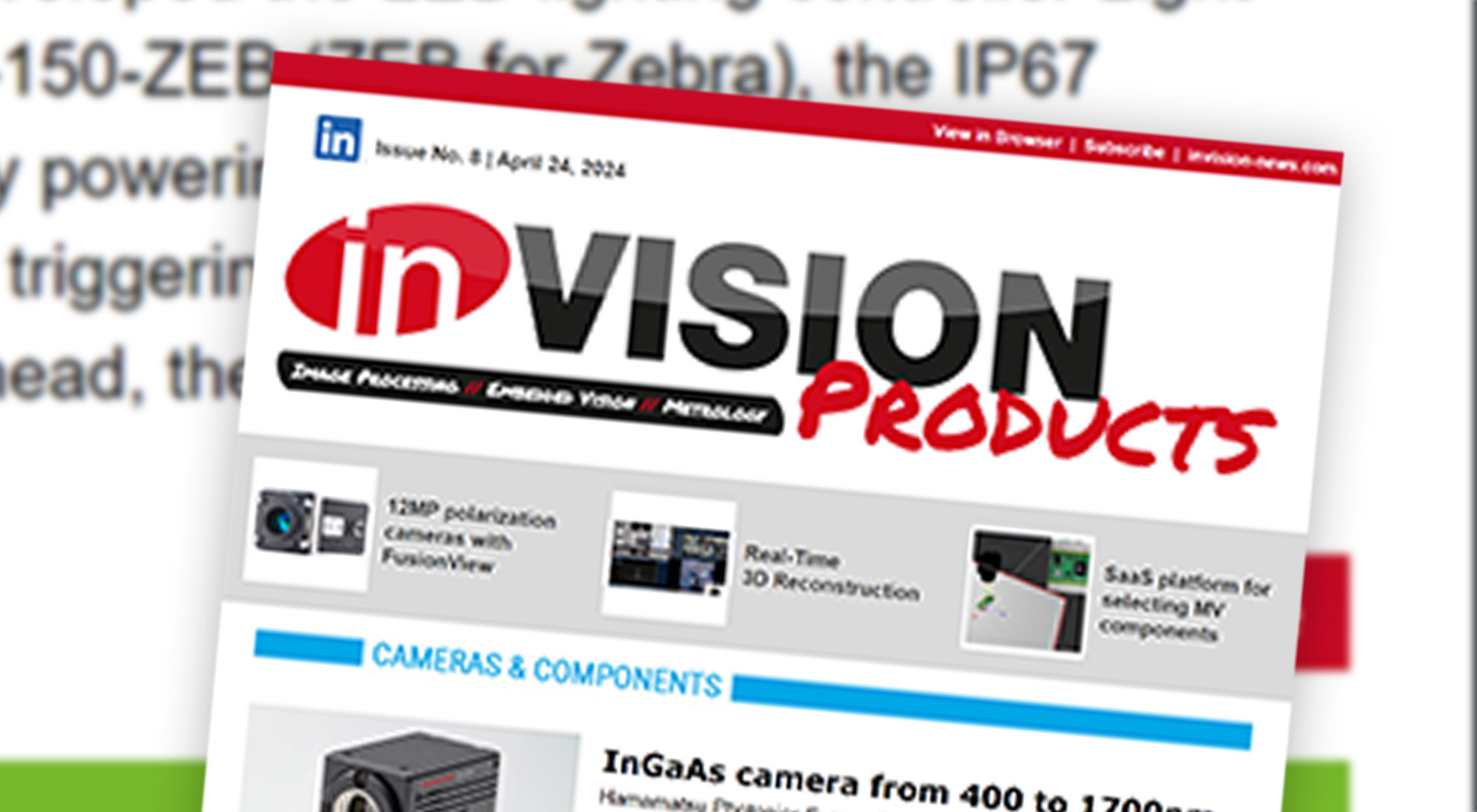Will machine vision become more easier with embedded vision?

„I don’t believe that the IPC will decrease only because of embedded vision.“ – Carsten Strampe, Imago Technologies GmbH (Bild: Imago Technologies GmbH)
Munkelt: There are many applications in agriculture or logistics, where you put security and surveillance in and where you potentially would need many vision sensors. If we talk about embedded vision we always have this kind of application system in mind. From a user’s point of view it is much more easier, because he probably does not need to configure it. He just needs to switch it on and then people are counted exactly. Each of these systems is only 30E. But to build it, you still need some time and you still need to spend some effort.
Strampe: I can fully agree. It will take more effort on the application side and become more easier on the user side.
Behrens: That is exactly the viewpoint of a sensor, to encapsulate such a FPGA structure to hide those ARMs from the application developers. He likes to develop an application, not to dig into some FPGA stuff or handling with operating systems. So if you have the functions right in place, you can put all those things together to an ecosystem and give this support to an application programmer.
Which advantages does embedded vision bring along for IPC producers?
Strampe: The answer comes from the market. Some people prefer the Windows operating system, because they have to integrate a complex data base to the image processing application. Other people played with a Raspberry PI board, and are familiar with Linux, they are more attracted to an ARM platform.
Bake: We all are engineers and believe that decisions are made purely on technology, which I don’t think is the case. So why are the Intel based architectures so successful on the factory side? The PC was never built for the factory automation market, because it is far too small. The only reason it was used there is because it was so popular. If now the most popular processors for consumers change over from PC based to embedded based, we can assume what will be the most attractive processor also on our side, if we use the same mechanics.
What about Deep Learing?

„There is absolutely no doubt that machine learning in all of its various forms is going to change the face of this industry completely.“ – Richard York, ARM Ltd. (Bild: ARM Ltd.)
York: There is absolutely no doubt in my mind, that machine learning in all of its various forms is going to change the face of this industry completely. How quickly will it do it? Who knows. But it can not be ignored. The automotive industry is investing billions of Dollars in machine learning for highly automated driving. That is going to have an impact.
Munkelt: Billions of Dollars went into this technology already to differentiate cats, dogs, grandma, grandpa or people. This is what we call an identification technology. Apart from that, which also includes bar code and data code reading, we also have topics like measuring in 1D, 2D and 3D, metric measurement, camera calibration. All this is not part of deep learning. It is one more step in the direction of identifying objects. We should be careful differentiating between training and actually identifying, because the training process in deep learning is very time consuming and very computational expensive. You can parallelize this, but in order to train these nets you typically need days or weeks.
York: The fusion of machine learning and conventional visual algorithms is certainly the key. If you can bring those two domains together successfully, that would be really powerful. I absolutely agree, there is no substitute for many of the fundamental vision algorithms that people have developed over the decades.
Munkelt: MVTec uses deep learning to improve OCR and it has a benefit. It gets us a few more percent of recognition rate, which is critical in a machine vision environment.
van der Aa: But who is going to be the key player: the visual computing appliance technology, the GPU or the FPGA? We see Deep Learning on the back end side. So the embedded vision on the front end is capturing images and the back end side is learning from what is captured. So this part is on the GPU side.
Munkelt: Maybe in two years we will sit here and see that there is another super algorithm and we need another architecture to run it. If we have a new technology which adds value to our existing or new customers we will use it, no matter what it is.












